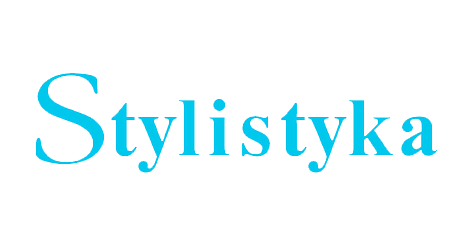

The article describes that network mass media which appeared as a new type of discourse in the Russian-speaking sector of the internet - runet — morę than ten years ago are active- ly forming in the socio-cultural space of Russia. It mentions both generał features for the network and traditional mass media and specific ones characteristic only for network edi- tions, conditioned at first by technical possibilities of the internet (hypertextuality, inte- ractivity, multimediability, etc).The major content of the publication is connected with the display of speech epatage as the style dominant of the texts in network mass media. It is shown, for example, that the first phrase of the text (its peculiar headline-“hook”) is devoted arousing maximum inte- rest of the reader, to “hook” him and thus it is epatageous by its naturę, destination. Such a phrase tums out often to be units having both linguistic and cultural meaning, called lo- goepisystems or logoepisystemoids (transformed logoepisystems).The main idea of the article is that the traditional publicistic pathos of mass media has changed on the internet to the tonality of total irony and language gamę, resulting in the fact that the text is perceived as an enigma to be not only read, but rather unriddled.
##plugins.themes.libcom.download_files##
##plugins.themes.libcom.cit_rules##
##plugins.themes.libcom.licence##

This work is licensed under a Creative Commons Attribution-NonCommercial-ShareAlike 4.0 International License.